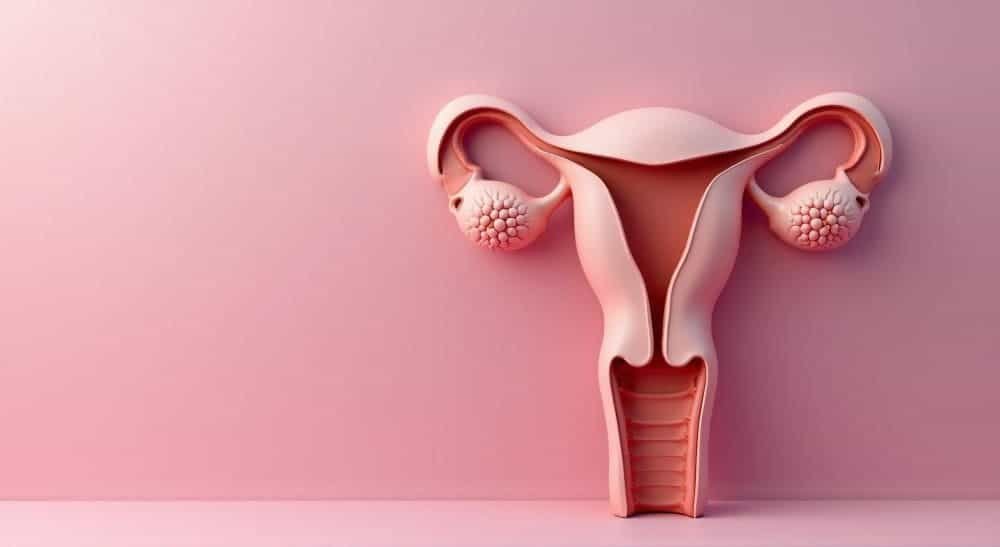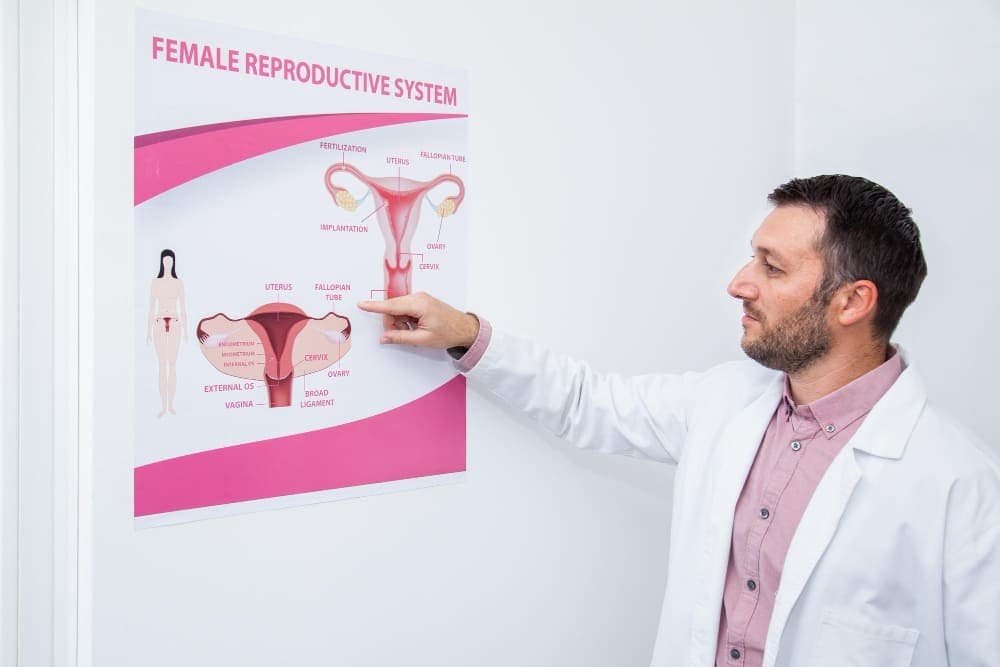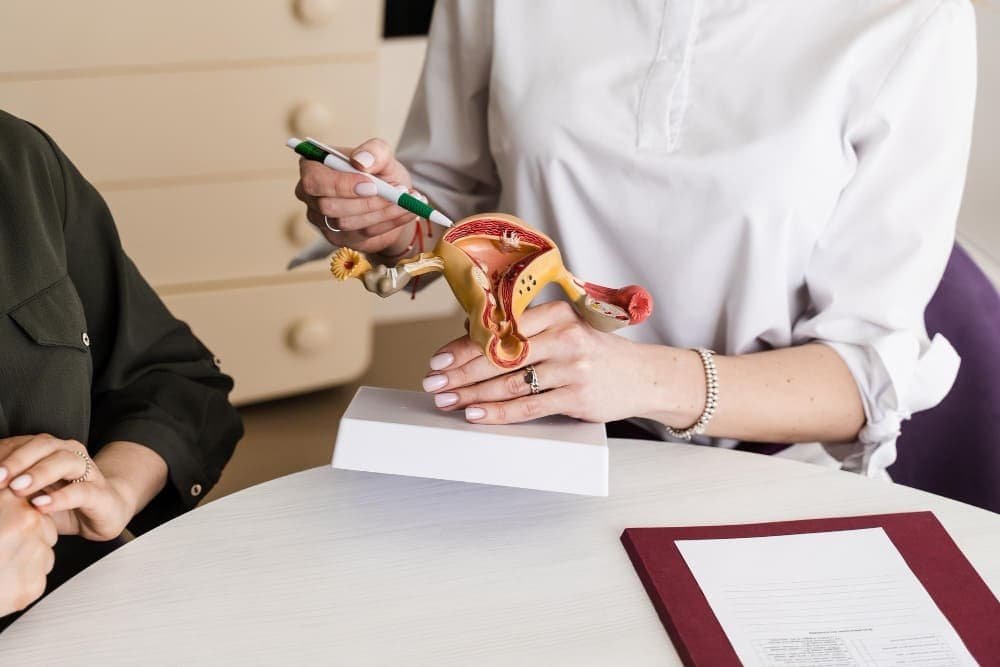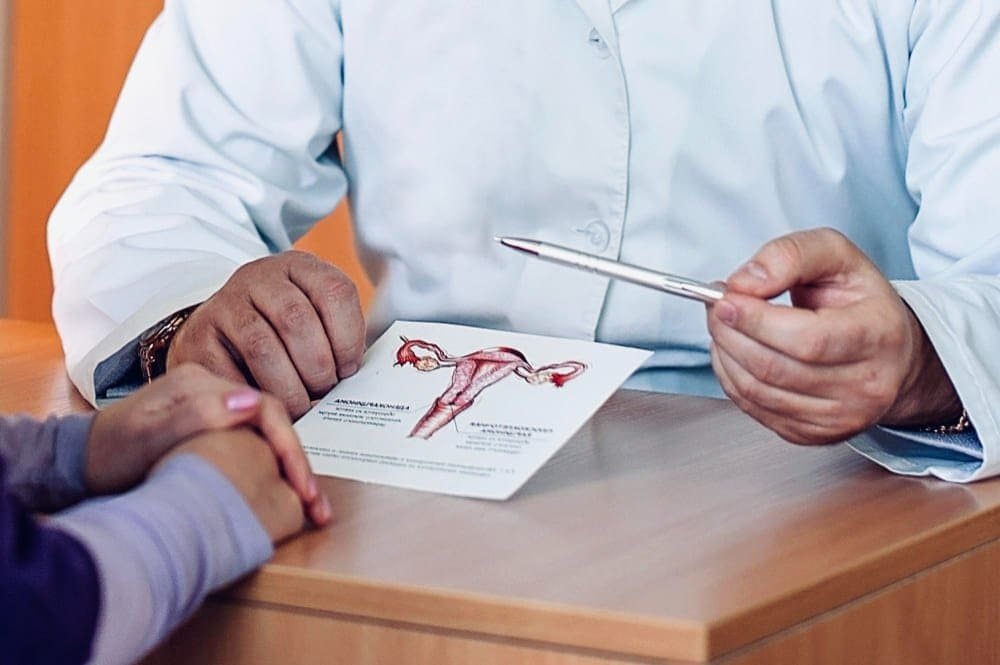For women exploring treatment for adenomyosis and hysterectomy, the journey can often feel overwhelming. If you’re living with relentless pelvic pain and heavy periods, know that you’re not alone. Let’s walk through all the available options — not just surgery — to help you find lasting relief and reclaim your quality of life. 💗
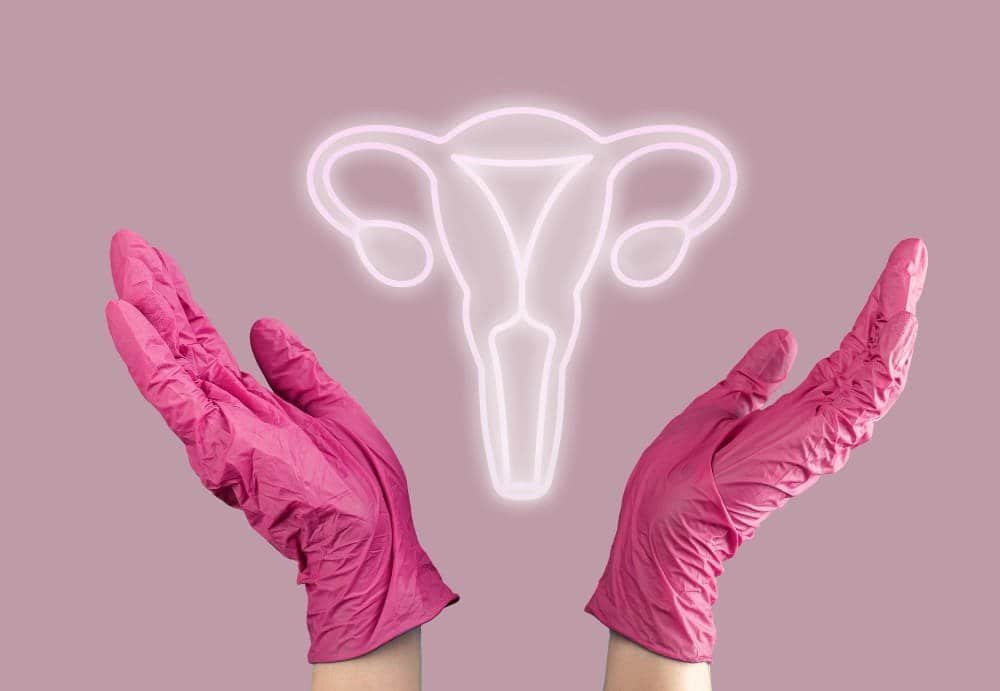
Understanding Adenomyosis: More Than Just Painful Periods
Adenomyosis is a benign condition where the endometrial tissue, which normally forms the lining of the uterus, begins to grow into the muscular uterine wall, known as the myometrium. This misplaced tissue continues to behave as it should during the menstrual cycle—thickening and bleeding—but its location inside the wall leads to an enlarged, tender uterus, causing significant pain and heavy bleeding.
This disease occurs most commonly in women between the ages of 40 and 50, particularly perimenopausal women who have had children. While its exact cause remains unknown, certain risk factors like prior uterine surgery or childbirth can increase its prevalence. It’s important to distinguish it from endometriosis, a condition where similar endometrial tissue grows outside the uterus. Both conditions can exist at the same time and share similar symptoms, making an accurate diagnosis crucial.
Recognizing the Symptoms of Adenomyosis
While some people with adenomyosis are asymptomatic, many experience disruptive symptoms that impact their quality of life. The presence of these signs should prompt a visit to your healthcare provider.
- Heavy or Prolonged Menstrual Bleeding: Often called abnormal uterine bleeding (AUB), this is one of the most common complaints.
- Severe Menstrual Cramps: Painful periods that progressively worsen over time.
- Chronic Pelvic Pain: A persistent, dull ache in the pelvic region.
- Painful Intercourse: Discomfort during sex.
- Enlarged Uterus: You or your doctor might feel pressure or fullness in your lower abdomen. The size of the uterus can sometimes double or triple.
Exploring Different Treatment Options for Your Journey
Once diagnosed through a physical exam, patient history, and imaging like an MRI, it’s time to review potential treatments. Your choice will depend on the severity of your symptoms, your age, and your desire for future pregnancy. Finding a purely adenomyosis treatment plan tailored to you is key.
Hormonal and Pain Relief Therapies
For mild symptoms, doctors might first recommend options to manage the pain and bleeding. Anti-inflammatory medications can provide temporary relief, while hormonal treatments like birth control pills or a hormonal IUD can help control the heavy bleeding and cramping. However, these methods only manage the condition; they do not cure it.
Adenomyosis and Hysterectomy: The Surgical Option
For decades, a hysterectomy—the surgical removal of the uterus—has been presented as the only definitive cure for adenomyosis. By removing the uterus, the source of the problem is gone, and symptoms disappear.
There are several types of hysterectomy surgery:
- Subtotal Hysterectomy: In this op, the main body of the uterus is removed, but the cervix is left in place.
- Total Hysterectomy: This involves removing both the uterus and the cervix.
- Radical Hysterectomy: This more extensive surgery involves removing the uterus, cervix, the top part of the vagina, and surrounding tissue. A Radical Hysterectomy is typically recommended for treating cancer, not benign conditions like adenomyosis.
While a hysterectomy offers a permanent solution, it is a major surgical procedure with a significant recovery period. A minimally invasive hysterectomy (laparoscopic or vaginal) can shorten recovery duration, but it still means the end of fertility and is a life-altering decision that many women hesitate to make.
A Modern, Uterus-Sparing Alternative: UAE ✨
What if you could treat adenomyosis without removing your uterus? Uterine Artery Embolization (UAE) is an advanced, minimally invasive procedure performed by an interventional radiologist that offers incredible benefits.
During UAE, a specialist makes a tiny incision and guides a catheter to the arteries supplying blood to the uterus. Tiny particles are then injected to block the blood flow specifically to the adenomyosis lesions. Starved of their blood supply, this misplaced tissue shrinks and dies, leading to significant symptom relief.
Here’s why many patients are choosing UAE:
- It’s Not Major Surgery: The procedure is minimally invasive, involving a much lower risk of complications.
- Preserves the Uterus: This is a huge advantage for any woman who wishes to avoid a hysterectomy.
- Quick Recovery: Most patients return to normal activities within a week, compared to the 6-8 week recovery for a hysterectomy.
- High Success Rate: Studies show UAE provides relief from heavy bleeding and painful symptoms in up to 90% of patients.
Making the Best Decision for Your Health
Living with the debilitating symptoms of adenomyosis is not something you have to endure. While a hysterectomy is an effective cure, it is no longer the only option. Modern treatments like Uterine Artery Embolization provide a safe and effective alternative that allows you to keep your uterus and get back to your life faster.
We encourage you to learn about all your options. Discuss your symptoms, medical history, and life goals with your doctor. To see if you are a candidate for this innovative, non-surgical treatment, check with a specialist in interventional radiology. They can help you determine the best path forward for lasting relief. 💖

 العربية
العربية 